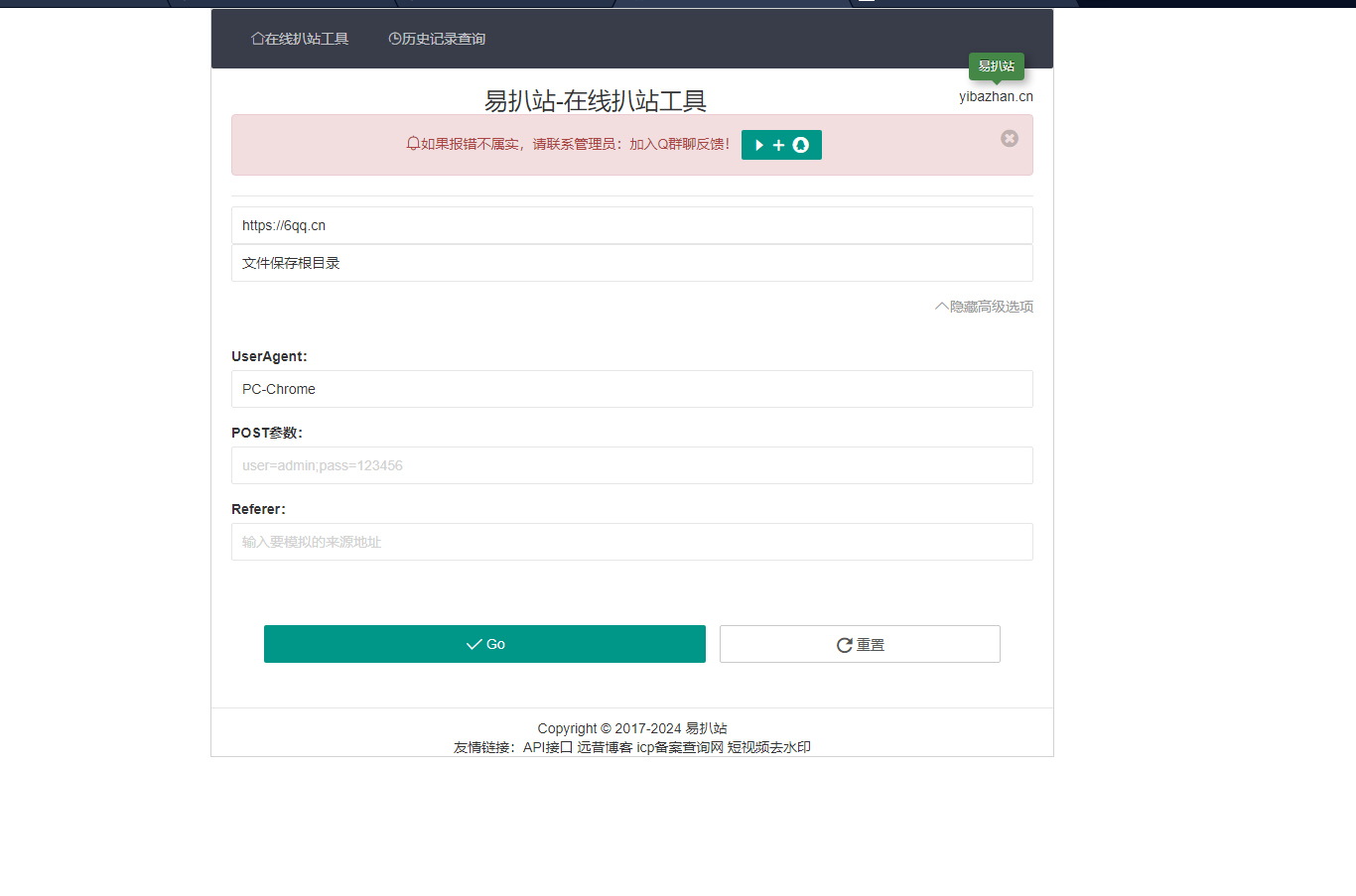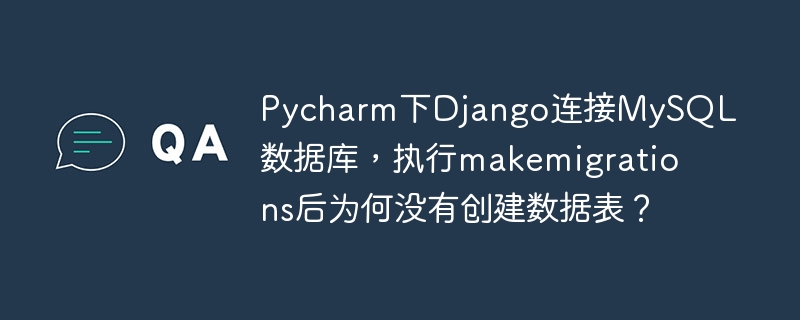
如何使用Hyperf框架進(jìn)行權(quán)限控制
引言:
在開發(fā)一個(gè)應(yīng)用程序時(shí),往往需要實(shí)現(xiàn)權(quán)限控制功能,以不同的角色給予用戶不同的權(quán)限。Hyperf框架是一個(gè)高性能的php微服務(wù)框架,提供了許多強(qiáng)大的功能和擴(kuò)展,其中包括靈活的權(quán)限控制。在本文中,我們將探討如何使用Hyperf框架實(shí)現(xiàn)權(quán)限控制,并提供具體的代碼示例。
一、創(chuàng)建權(quán)限表
首先,我們需要?jiǎng)?chuàng)建一個(gè)權(quán)限表,用于存儲(chǔ)各種權(quán)限信息。可以通過(guò)Hyperf的數(shù)據(jù)遷移功能來(lái)創(chuàng)建數(shù)據(jù)庫(kù)表。在終端中執(zhí)行以下命令來(lái)生成遷移文件:
php bin/hyperf.php gen:migration create_permissions_table
然后在生成的遷移文件中添加以下內(nèi)容:
<?php use HyperfDatabaseSchemaSchema; use HyperfDatabaseSchemaBlueprint; use HyperfDatabaseMigrationsMigration; use HyperfDbConnectionDb; class CreatetPermissionsTable extends Migration { /** * Run the migrations. */ public function up(): void { $tableName = 'permissions'; $exists = Db::table('information_schema.TABLES') ->where('TABLE_SCHEMA', config('databases.default.dbname')) ->where('TABLE_NAME', $tableName) ->first(); if (!$exists) { Schema::create($tableName, function (Blueprint $table) { $table->bigIncrements('id'); $table->string('name')->unique()->comment('權(quán)限名稱'); $table->string('guard_name')->default('web')->comment('守衛(wèi)名稱'); $table->timestamps(); }); } } /** * Reverse the migrations. */ public function down(): void { Schema::dropIfExists('permissions'); } }
接下來(lái),我們需要在項(xiàng)目的主配置文件config/autoload/permissions.php中添加以下內(nèi)容:
<?php return [ 'default' => [ 'guard_name' => 'web', 'permissions' => [ // 在這里添加你的權(quán)限 'create_post', 'edit_post', 'delete_post', // ... ], ], ];
然后在命令行中運(yùn)行以下命令執(zhí)行數(shù)據(jù)庫(kù)遷移:
php bin/hyperf.php migrate
二、定義用戶角色模型
在Hyperf框架中,我們需要定義一個(gè)用戶模型,該模型用于管理用戶的角色和權(quán)限。我們可以通過(guò)繼承HyperfDatabaseModelModel類來(lái)創(chuàng)建一個(gè)用戶模型。在終端中執(zhí)行以下命令來(lái)生成用戶模型:
php bin/hyperf.php gen:model User
然后在生成的用戶模型文件中添加以下代碼:
namespace AppModel; use HyperfDbConnectionModelModel; use HyperfUtilsApplicationContext; class User extends Model { protected $guarded = []; public function roles() { return $this->belongsToMany(Role::class); } public function hasPermission($permission) { foreach ($this->roles as $role) { if ($role->hasPermission($permission)) { return true; } } return false; } public function givePermission($permission) { $permissionModel = Permission::where('name', $permission)->first(); if (!$permissionModel) { throw new Exception("Permission {$permission} does not exist."); } $this->permissions()->sync($permissionModel, false); } public function revokePermission($permission) { $permissionModel = Permission::where('name', $permission)->first(); if (!$permissionModel) { throw new Exception("Permission {$permission} does not exist."); } $this->permissions()->detach($permissionModel); } public function permissions() { return $this->belongsToMany(Permission::class, 'user_permissions'); } }
三、定義角色模型
在Hyperf框架中,我們也需要定義一個(gè)角色模型,該模型用于管理角色和權(quán)限。同樣,我們可以通過(guò)繼承HyperfDatabaseModelModel類來(lái)創(chuàng)建一個(gè)角色模型。在終端中執(zhí)行以下命令來(lái)生成角色模型:
php bin/hyperf.php gen:model Role
然后在生成的角色模型文件中添加以下代碼:
namespace AppModel; use HyperfDbConnectionModelModel; class Role extends Model { protected $guarded = []; public function users() { return $this->belongsToMany(User::class); } public function permissions() { return $this->belongsToMany(Permission::class); } public function hasPermission($permission) { return $this->permissions->contains('name', $permission); } public function givePermission($permission) { $permissionModel = Permission::where('name', $permission)->first(); if (!$permissionModel) { throw new Exception("Permission {$permission} does not exist."); } $this->permissions()->sync($permissionModel, false); } public function revokePermission($permission) { $permissionModel = Permission::where('name', $permission)->first(); if (!$permissionModel) { throw new Exception("Permission {$permission} does not exist."); } $this->permissions()->detach($permissionModel); } }
四、定義權(quán)限模型
在Hyperf框架中,我們還需要定義一個(gè)權(quán)限模型,該模型用于管理權(quán)限信息。同樣地,我們可以通過(guò)繼承HyperfDatabaseModelModel類來(lái)創(chuàng)建一個(gè)權(quán)限模型。在終端中執(zhí)行以下命令來(lái)生成權(quán)限模型:
php bin/hyperf.php gen:model Permission
然后在生成的權(quán)限模型文件中添加以下代碼:
namespace AppModel; use HyperfDbConnectionModelModel; class Permission extends Model { protected $guarded = []; public function roles() { return $this->belongsToMany(Role::class); } }
五、定義權(quán)限中間件
接下來(lái),我們需要?jiǎng)?chuàng)建一個(gè)權(quán)限中間件,用于檢查用戶是否有足夠的權(quán)限訪問(wèn)某個(gè)路由。在終端中執(zhí)行以下命令來(lái)生成中間件:
php bin/hyperf.php gen:middleware PermissionMiddleware
然后在生成的中間件文件中添加以下代碼:
namespace AppMiddleware; use HyperfHttpMessageStreamSwooleStream; use HyperfHttpServerContractRequestInterface; use HyperfUtilsContext; use PsrContainerContainerInterface; use PsrHttpMessageResponseInterface; use PsrHttpServerMiddlewareInterface; use PsrHttpServerRequestHandlerInterface; class PermissionMiddleware implements MiddlewareInterface { protected $container; protected $request; public function __construct(ContainerInterface $container, RequestInterface $request) { $this->container = $container; $this->request = $request; } public function process($request, RequestHandlerInterface $handler): ResponseInterface { $user = $this->request->getAttribute('user'); $permissions = $this->request->route->permission; if ($user && $user->hasPermission($permissions)) { return $handler->handle($request); } return $this->response(403, 'Forbidden'); } protected function response($code, $message) { $data = [ 'code' => $code, 'message' => $message, ]; return Context::get(ResponseInterface::class)->withBody(new SwooleStream(json_encode($data))); } }
六、使用權(quán)限中間件
在路由定義中,我們可以通過(guò)使用->middleware(‘permission:xxx’)來(lái)給路由設(shè)置對(duì)應(yīng)的權(quán)限中間件。在終端中執(zhí)行以下命令來(lái)生成路由文件:
php bin/hyperf.php gen:controller PermissionController
然后在生成的路由文件中添加以下代碼:
namespace AppController; use AppMiddlewarePermissionMiddleware; use HyperfHttpServerAnnotationController; use HyperfHttpServerAnnotationMiddleware; use HyperfHttpServerAnnotationRequestMapping; /** * @Controller * @Middleware(PermissionMiddleware::class) */ class PermissionController { /** * @RequestMapping(path="/permission", methods="get") * @Middleware("permission:create_post") */ public function createPost() { // 處理創(chuàng)建文章的邏輯 } /** * @RequestMapping(path="/permission", methods="get") * @Middleware("permission:edit_post") */ public function editPost() { // 處理編輯文章的邏輯 } /** * @RequestMapping(path="/permission", methods="get") * @Middleware("permission:delete_post") */ public function deletePost() { // 處理刪除文章的邏輯 } }
七、使用示例
在需要進(jìn)行權(quán)限控制的地方,我們可以通過(guò)以下方式來(lái)檢查用戶是否擁有足夠的權(quán)限:
$user = User::find(1); if ($user->hasPermission('edit_post')) { // 給用戶權(quán)限來(lái)編輯文章 } else { // 權(quán)限不足 }
八、總結(jié)
本文介紹了如何使用Hyperf框架進(jìn)行權(quán)限控制的詳細(xì)步驟,并提供了具體的代碼示例。通過(guò)使用Hyperf框架提供的權(quán)限管理功能,我們可以輕松地為我們的應(yīng)用程序?qū)崿F(xiàn)靈活的權(quán)限控制功能。希望本文對(duì)您有所幫助,謝謝閱讀!
.jpg)

















.png)
